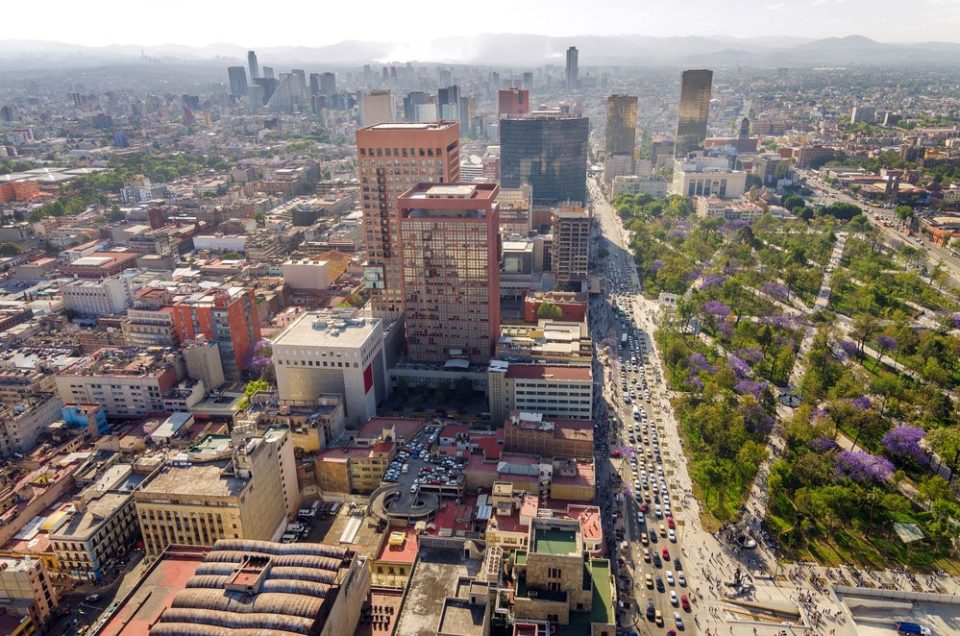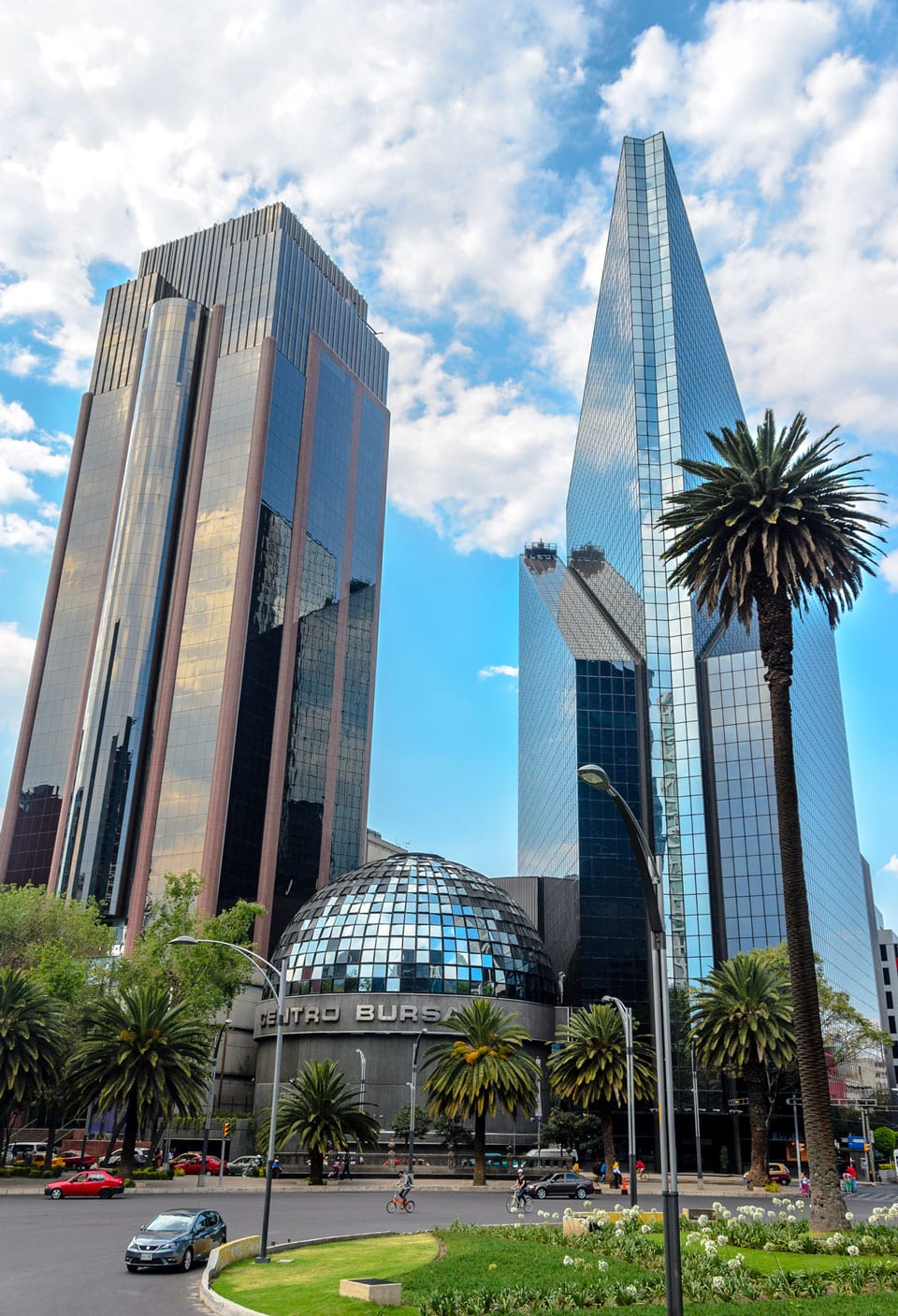From nearshoring boom to sustainable ally-shoring with Mexico

Why Mexico is getting increasingly invaded by US, European, and Chinese companies, rising geopolitical tensions, new dynamics in trade, and the pandemic have influenced investment decisions and the movement of goods around the world.
Regarding sourcing and trading goods with the United States, Mexico is a logical sourcing alternative. Although China has dominated for two decades with its “China Export” machinery, the (pre-pandemic) increase in tariffs on US-China trade contributed to the new “nearshoring” trend among companies strongly dependent on and linked to China.
Subsequent global supply chain disruptions during COVID-19 increased trade activity between the United States and Mexico, leveraged through the new USMCA free trade agreement, even more holistically than the former NAFTA.
Furthermore, a wave of industrial policy incentives (through the Infrastructure Investment & Jobs Act and the Inflation Reduction Act) have motivated US companies to move production back home or at least closer to the market. According to our “Nearshoring investment map” (by TMH Consulting and Investment Group), we have detected more than 150 investment announcements in Mexico since January 2022, totaling more than 20 billion dollars.
Mexico could achieve additional economic growth of up to 8 percent in its Gross Domestic Product (GDP) in the next six years, driven by the relocation of investments. In other words, Mexico could go from representing 14 percent of imports from the United States of America to 20 percent by the year 2030, opening up an unprecedented opportunity. Each percentage point that Mexico gains in the share of North American imports implies an acceleration of more than one percent in GDP.

But still, in this fast-growing environment, there are huge challenges such as environmental impacts, energy and infrastructure availability, and security issues that are a must for selecting a location. State and municipal governments, companies, universities and the population must act in a coordinated manner so that the new projects are of benefit to all participants.
Mexico, particularly at federal level, should invest much more in its rail and road infrastructure because transportation will enable the new logistics dimension. Investments in infrastructure, education and certifications must be prioritized and accelerated to take advantage of the Nearshoring trend. Foreign companies that establish themselves in Mexico must value the resources and the land, whereas it is not only a matter of capitalizing on short-term opportunities but mainly looking to achieve mutual long-term benefits. In this context, “ally-shoring” makes much more sense than a mere “nearshoring” approach.
The US needs a strong Mexican economy and ecosystem to compete with China. In fact, Mexico with 16 percent already buys more U.S. products than any other nation except Canada, but more than just an export market, Mexico and the United States are true allies. This will prevail with both a Democrat or Republican President. Especially, the Texas – Mexico relationship is going to further grow during the next years. Mexico was Texas’ #1 trading partner in 2021 with $122.7 billion in exports. Texas top exports to Mexico were oil and gas; chemicals; nuclear reactors; iron and steel, plastics and copper.
Have you read?
Largest Hotel Chains in the World, 2023.
Best Residence by Investment Programs for 2023.
International Financial Centers Ranking, 2023.
Best Citizenship by Investment (CBI) for 2023.
The World’s Most Valuable Unicorns, 2023.
Ready to join the CEOWORLD magazine Executive Council– Find out if you are eligible to apply.
Bring the best of the CEOWORLD magazine's global journalism to audiences in the United States and around the world. - Add CEOWORLD magazine to your Google News feed.
Follow CEOWORLD magazine headlines on: Google News, LinkedIn, Twitter, and Facebook.
Copyright 2025 The CEOWORLD magazine. All rights reserved. This material (and any extract from it) must not be copied, redistributed or placed on any website, without CEOWORLD magazine' prior written consent. For media queries, please contact: info@ceoworld.biz








